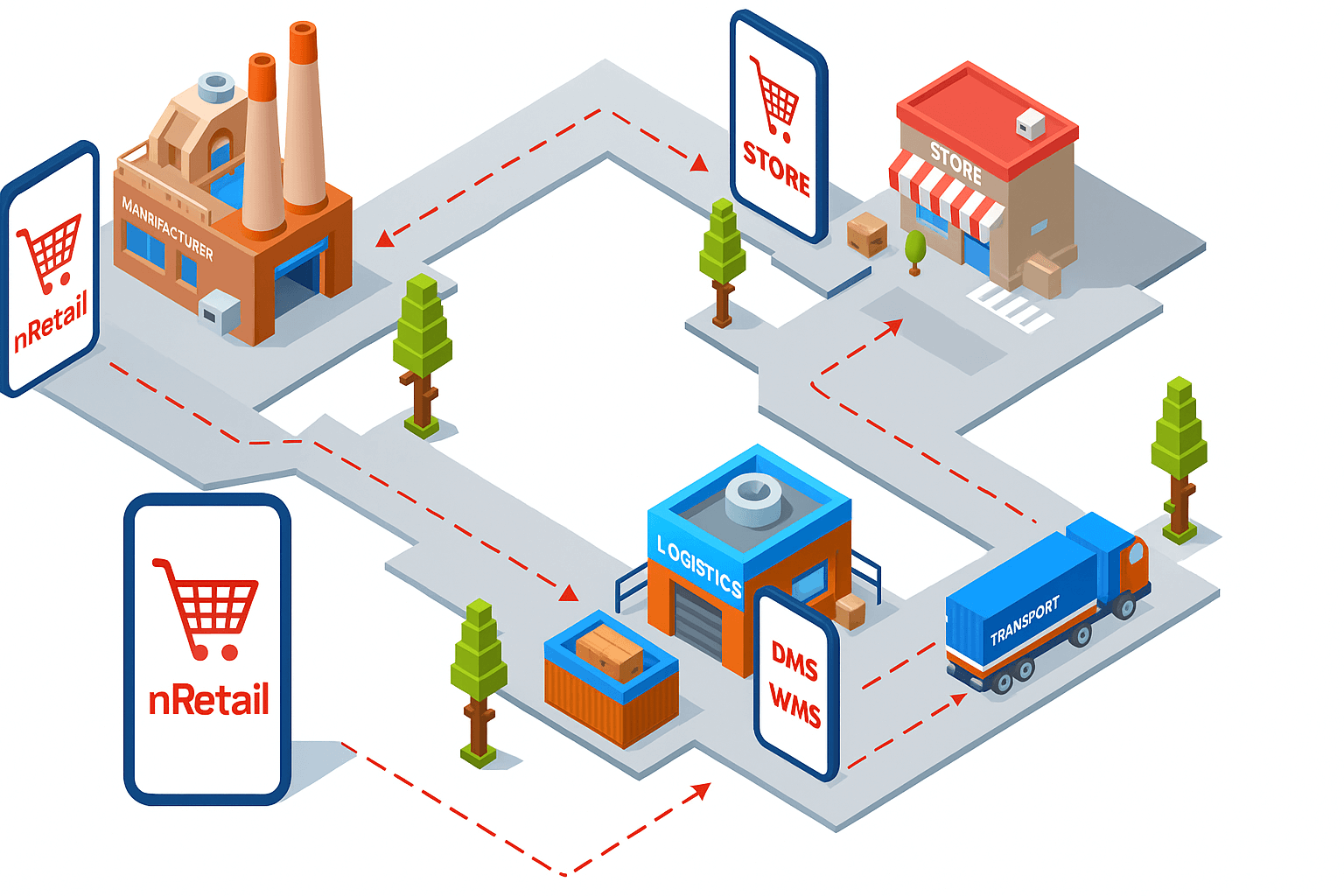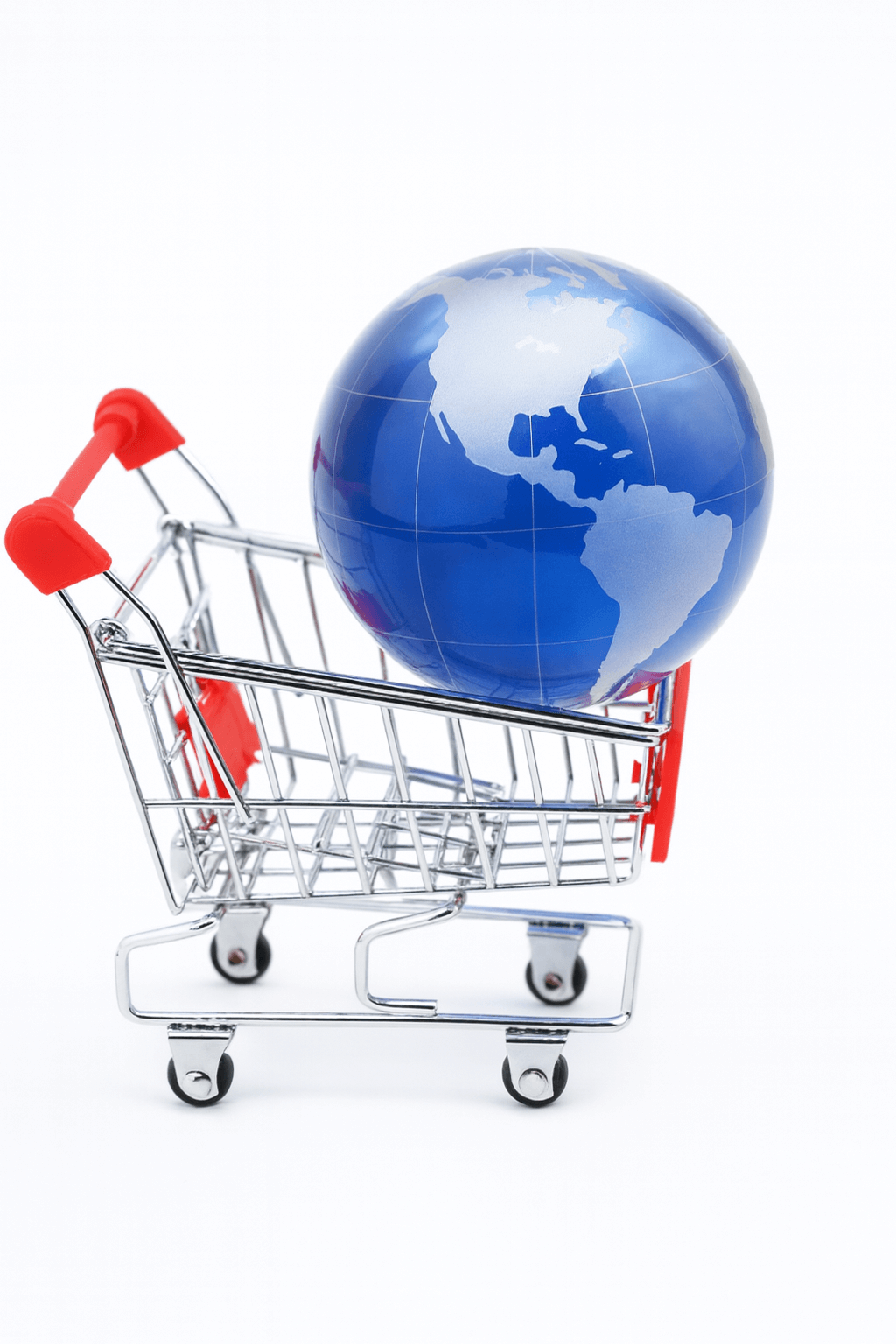Support Core of On Demand Travel Systems Growth
Unified Support Core in Travel Systems
On demand travel systems are reshaping how passengers book, move, and receive help. As demand rises, providers need strong and dependable support structures. Travelers expect fast responses across every touchpoint. A unified support core meets these needs and raises the customer experience.
Agents and digital platforms now work together to address issues. Live staff handle complex inquiries. Automated tools manage routine tasks like ticket checks or trip changes. This model cuts waiting times and ensures travelers feel guided from booking to arrival.
A strong support core also brings consistency. Travelers get the same high level of help whether they use chat, email, or voice. This consistency strengthens trust and loyalty, which are vital in competitive travel networks.
Expanding Communication Channels for Diverse Travelers
Travel systems cater to a mix of passengers across multiple industries. Some travelers want to chat on the app. Others need voice support for urgent changes. Meeting these different needs means expanding communication channels without lowering quality.
Real time solutions link channels and ensure smooth routing. A contact center can direct requests by urgency, language, or type. Passengers receive faster and more accurate responses, boosting satisfaction and confidence. Support teams also gain valuable insights into customer needs.
Digital platforms now allow instant updates and notifications. Passengers know about delays or schedule changes right away, reducing frustration and preventing unnecessary calls. This responsiveness is the hallmark of a strong support core.
What Creates Trust Between Travelers and Service Teams
Trust is the foundation of every customer experience. Without trust, even a quick resolution may feel incomplete. In on demand travel systems, trust depends on transparency, clarity, and timely help.
Agents need full access to passenger support data. This includes trip details, previous contacts, and notes on special requests. Digital platforms gather and display this data, enabling agents to personalize their service. The result is faster answers and a feeling of being understood.
Proactive updates also build trust. Real time solutions push alerts to passengers before they even ask. This saves time and shows genuine care. Every proactive message helps the traveler feel secure and valued.
How Do Support Strategies Transform Passenger Journeys
On demand travel thrives on speed and convenience. Yet those qualities mean little without strong customer service. How do support strategies transform passenger journeys? The answer lies in seamless integration.
First, they remove the need for passengers to repeat their information. Every interaction is stored across communication channels. Second, they blend digital and human touchpoints for better outcomes. Automated systems handle routine tasks, while agents solve complex issues. Third, they adapt to evolving travel networks by using real time solutions. This ensures up to date information on routes, costs, and service changes.
BPOManila and similar providers help companies build scalable teams and training programs. These solutions improve customer experience across many industries such as ride sharing, intercity buses, and same day delivery fleets. Each sector benefits from expert passenger support at every stage.
Structured Operations for Customer Service Excellence
Customer service operations need more than technology. They require structured systems for staffing, training, and measurement. Clear standards for tone, response time, and problem solving ensure consistent quality across all communication channels.
Digital platforms allow managers to monitor performance in real time. Metrics like call duration, chat volume, and satisfaction scores are visible instantly. This makes it easier to adjust staffing, reduce bottlenecks, and maintain steady service levels.
Regular training keeps agents updated on new routes, prices, and passenger support tools. This ongoing learning creates a culture of adaptability. It also guarantees that each customer touchpoint reflects the latest policies and information.
Strengthening Traveler Relationships Beyond Transactions
On demand travel is often seen as transactional. A rider books a car, boards a bus, or schedules a delivery. Yet strong customer service turns these one time actions into ongoing relationships.
Communication channels can deepen these relationships by sending proactive messages, loyalty offers, or quick responses to questions. Digital platforms also host post trip surveys to gather feedback on customer experience. When travelers see their input lead to real changes, they become more loyal and trusting.
Partnering with a reliable contact center provider makes this easier. Companies get access to trained staff and scalable systems without heavy investment. This allows them to focus on improving their travel networks while maintaining high standards of service.
Businesses seeking to improve their customer support can turn to neutral knowledge bases. For example, the U.S. Department of Transportation Office of Public Affairs provides useful information on travel systems and public service standards. Learning from such resources helps organizations align their operations with proven models while maintaining unique brand standards.
Expanding Your Reach With Integrated Customer Solutions
Now is the time to rethink how you connect with travelers. A strong support core within on demand travel systems creates a direct link between your services and customer expectations. With advanced contact center tools, digital platforms, and well trained staff, you can deliver passenger support that matches modern standards.
If your organization is ready to move forward, consider how a trusted partner can help. External expertise can provide scalable staffing, technology integration, and training tailored to your needs. These steps help you build relationships, improve customer experience, and secure your place in the evolving travel networks landscape.
Take the next step and build your future of stronger traveler connections today. Learn how a trusted provider can expand your reach and enhance your customer service standards in on demand travel systems.

















 Retail and ecommerce
Retail and ecommerce A trusted partner like BPOManila brings together lead generation, customer service for ecommerce and retailers, IT support, and debt collection to help organizations scale globally. This expertise allows companies in entertainment + gaming fintech, healthtech, on demand travel, retail, social media, and technology to expand operations without losing quality.
A trusted partner like BPOManila brings together lead generation, customer service for ecommerce and retailers, IT support, and debt collection to help organizations scale globally. This expertise allows companies in entertainment + gaming fintech, healthtech, on demand travel, retail, social media, and technology to expand operations without losing quality.








 The
The  Retail and Ecommerce
Retail and Ecommerce
 On Demand Travel and Transportation
On Demand Travel and Transportation